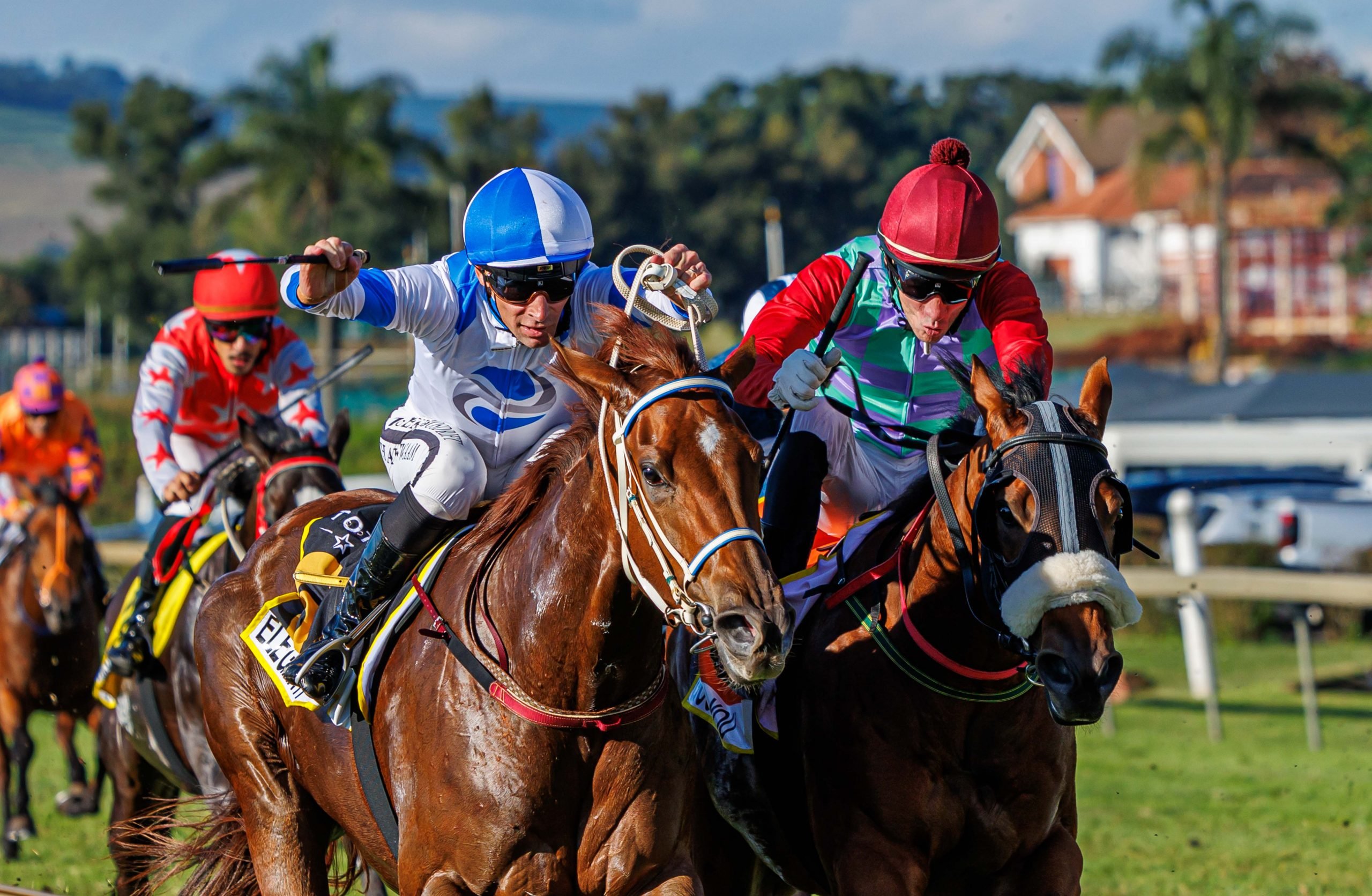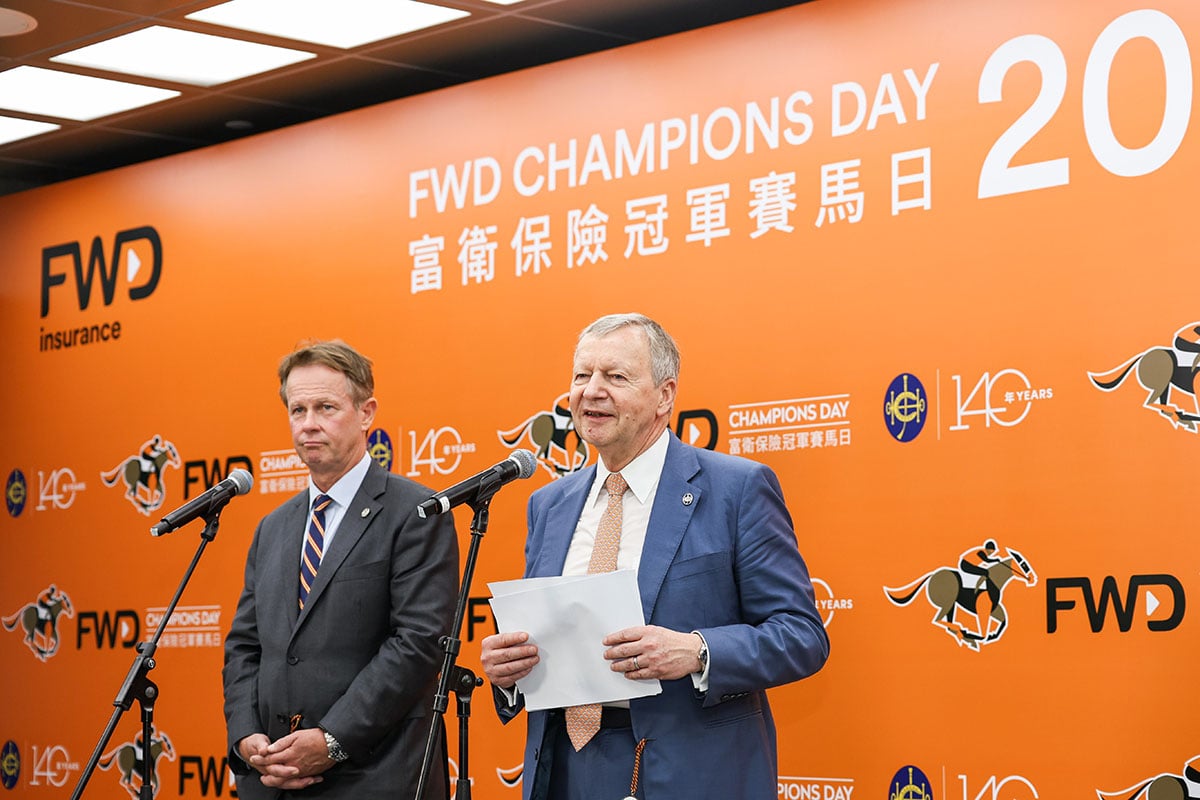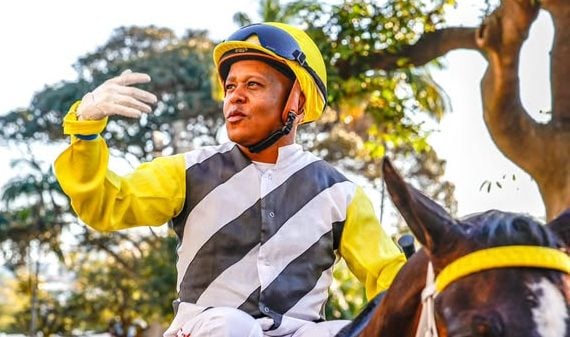Healthy field sizes means healthy racing. Chasing racemeeting numbers while not taking cognisance of the horse population is a recipe for disaster. This is clearly evident in some racing regions in South Africa, where being bigger somehow seems more important than being the best.
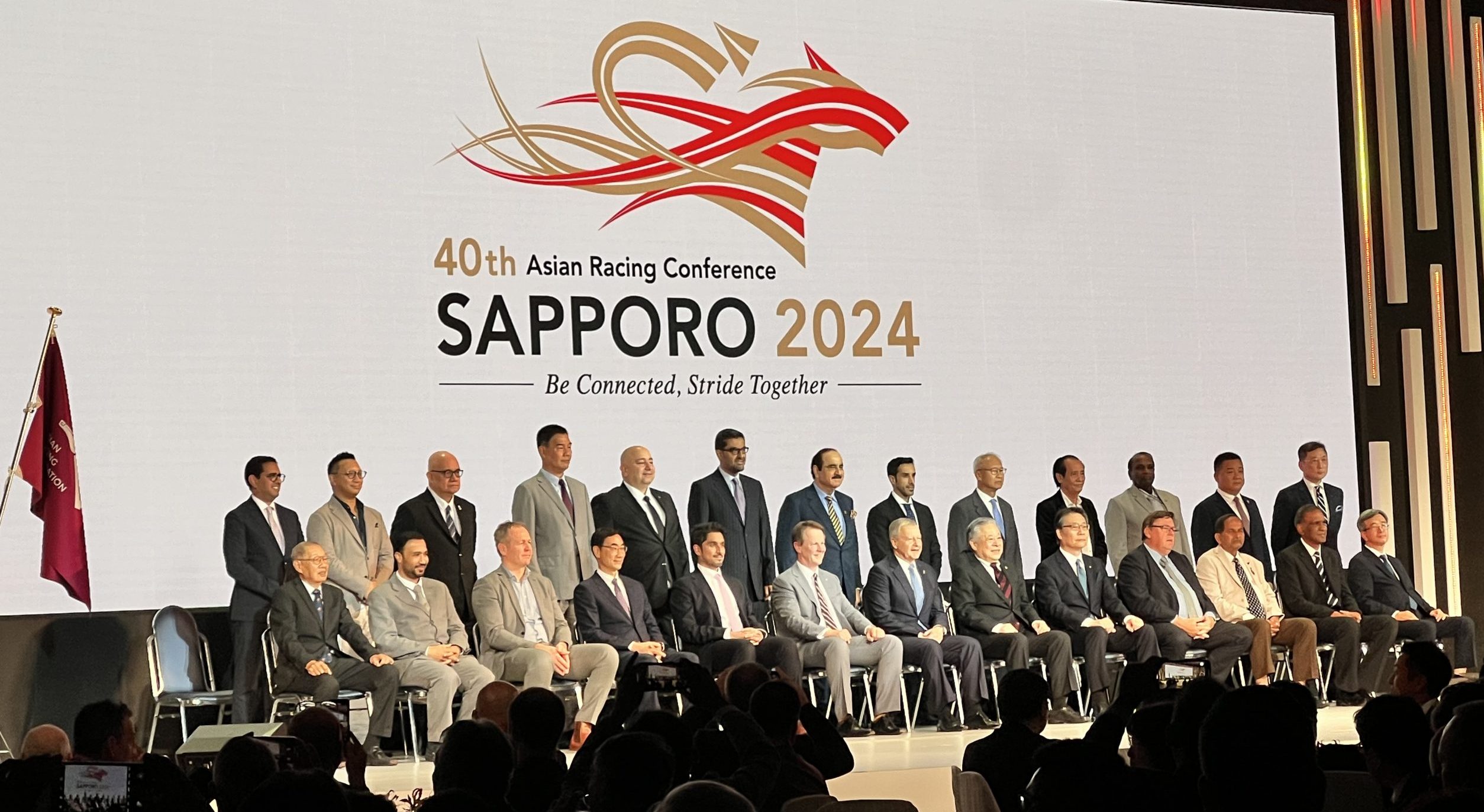
Greg Bortz and his Cape Racing delegation have been back in the fairest Cape a week since leaving the 40th Asian Racing Conference in Saporo, Japan, feeling excited and geared to take the local region to the next level.
The Sporting Post caught up with the Cape Racing Chairman for a cup of coffee and a chat on Monday.
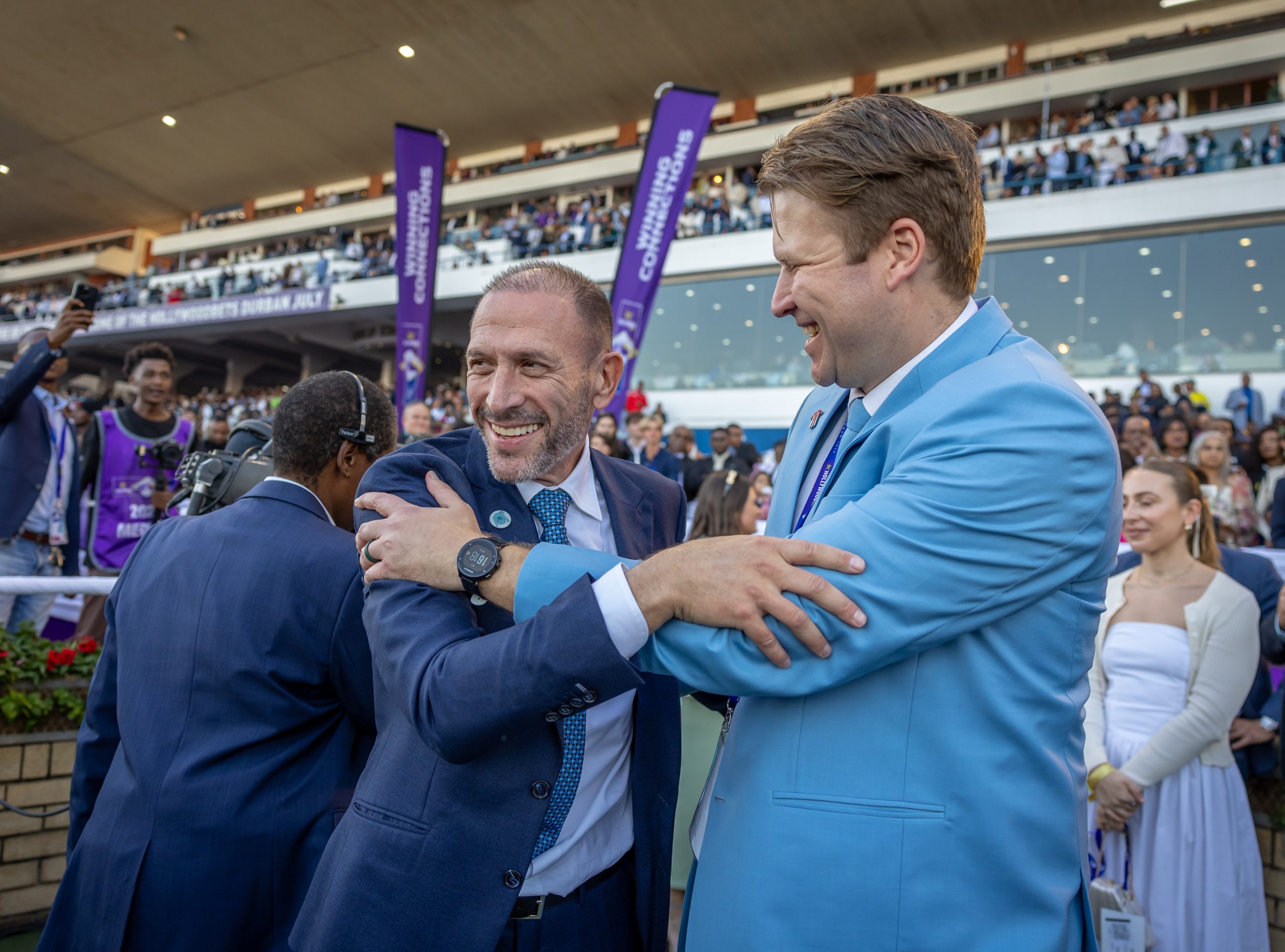
Delighted Greg Bortz and Hollywoodbets’ Devin Heffer after Oriental Charm won the Hollywoodbets Durban July (Pic – Candiese Lenferna)
SP: You had your time to talk at ARC – what did you tell them in a nutshell about the challenges facing SA and Cape Racing?
GB: The single biggest challenge here in SA is that we enjoy no government financial support. All financing comes from the operators – and the racing operators even fund their own regulator. And the share of punters winning tax is derived from the punters. There is thus no tax support as such, from the government.
Looking at challenges universally, racing has to compete for the customer’s spend and mindshare with a proliferation of other forms of entertainment and gambling. And for racing, we are an expensive show to put on – so we are at a disadvantage there too.

SP: Are SA racing’s collective challenges very different to what other jurisdictions are facing?
GB: We all broadly face the same challenges of competing for mindshare. And we have the beautiful thoroughbred in the midst of our sport. With social media and awareness at the levels they are today, we have to counter the anti—cruelty lobby too. Some things like online slots, for example, don’t have to worry about that aspect. And, I will say it again, our challenges are exacerbated by the absence of government financial support.

SP:“Not only was the company broke, but the culture was completely broken,” is an ARC quote attributed to you. Was that not a slap in the face for those that ran local racing before you?
GB: It was broken! Do you blame those that ran the industry or the company? It was run in essence by Phumelela. Fact is, whoever ran it completely screwed it. Leadership means running the entity well and creating a great culture. Neither happened.

SP: What would you say is your single major reality eye-opener takeout from the conference?
The haves vs have-nots amongst the different jurisdictions. The haves all have deep government funding enabling them to put on a great product. The have-nots have to be creative.
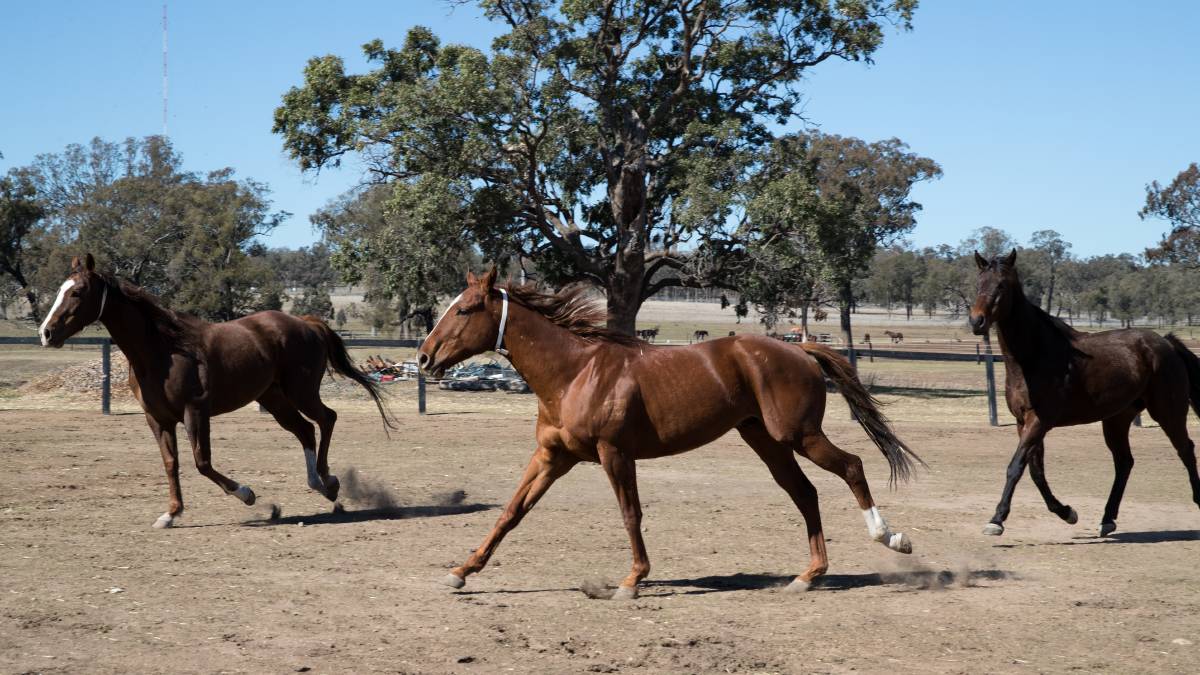
SP: The life of the thoroughbred after racing is a major perception challenge for the sport. What are Cape Racing doing locally?
GB:There is the perception and then there is also the reality. We take this aspect very seriously and have to keep stepping up. We are doing so via a number of charities that we support by giving them racedays, as an example, to raise funds and create awareness.
We are also part of the Hollywood family and they have the Life After Racing initiative which is a tangible and excellent way of showing genuine love and care. Our operations team are also looking at expanding what we do. It’s a work-in-progress and a high priority for us and the sport at large.
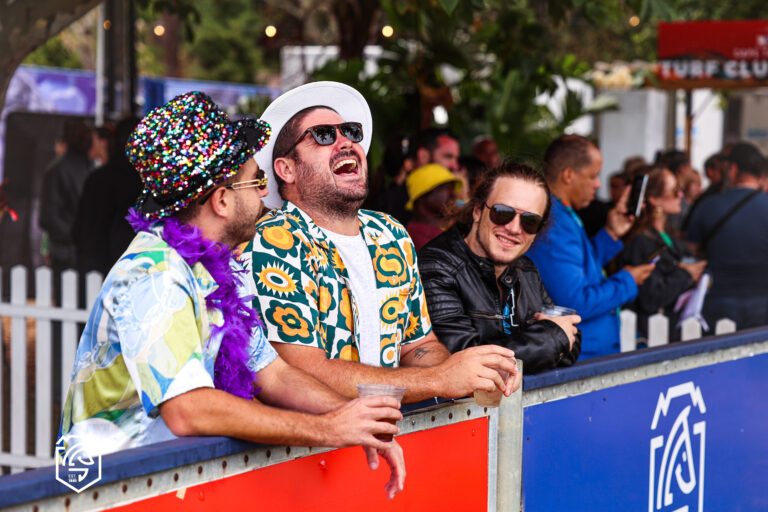
SP: Getting the younger generation to enjoy racing is clearly a challenge – did you learn anything from ARC?
GB: My daughter Alexa has great insight into this aspect and she has come back with ideas and inspiration. It’s a fact that racing has an aging customer base. Those aged 55 or above represent 43% of total racing customers and account for 52% of total racing betting turnover.
To appeal to a younger audience, we need to change the perception of horseracing, positioning it as a sport with a love for horses. Additionally, horseracing should be promoted with live events and entertainment to attract younger audiences. Gen Z’s are about half as likely as Millennials to watch sports often, and twice as likely never to watch.
We must also become data-centric to become customer-centric. Using the NBA as an example, they have released the first-of-its-kind, data-driven, experiential app specifically for its fanbase.
Peter V’landys, CEO of Racing New South Wales and Chairman of the Australian Rugby League Commission, expressed his hope to enhance parimutuel wagering’s presence with a single-tote operation in Australia. He also echoed Winfried Engelbrecht Bresges view that collaboration can see the industry thrive.
Alexia found his strategy for appealing to a younger demographic incredibly interesting. He discussed the success of The Everest Cup in Sydney, Australia, sharing that almost 90% of the attendees were aged between 18 and 35 years old.
Marketing for The Everest Cup was done exclusively through TikTok and Instagram, and they only hired people aged 25 and below to do the marketing for that event.
Peter also explained that marketing to 18 to 25-year-olds completely differs from marketing to 25 to 35-year-olds. As he indicated, Millennials crave unique experiences and ‘wow moments’ that they can share on their social media, whereas Gen Z craves community, authenticity, and long-term connection with brands. The younger generations want to bet as a group, not as individuals.
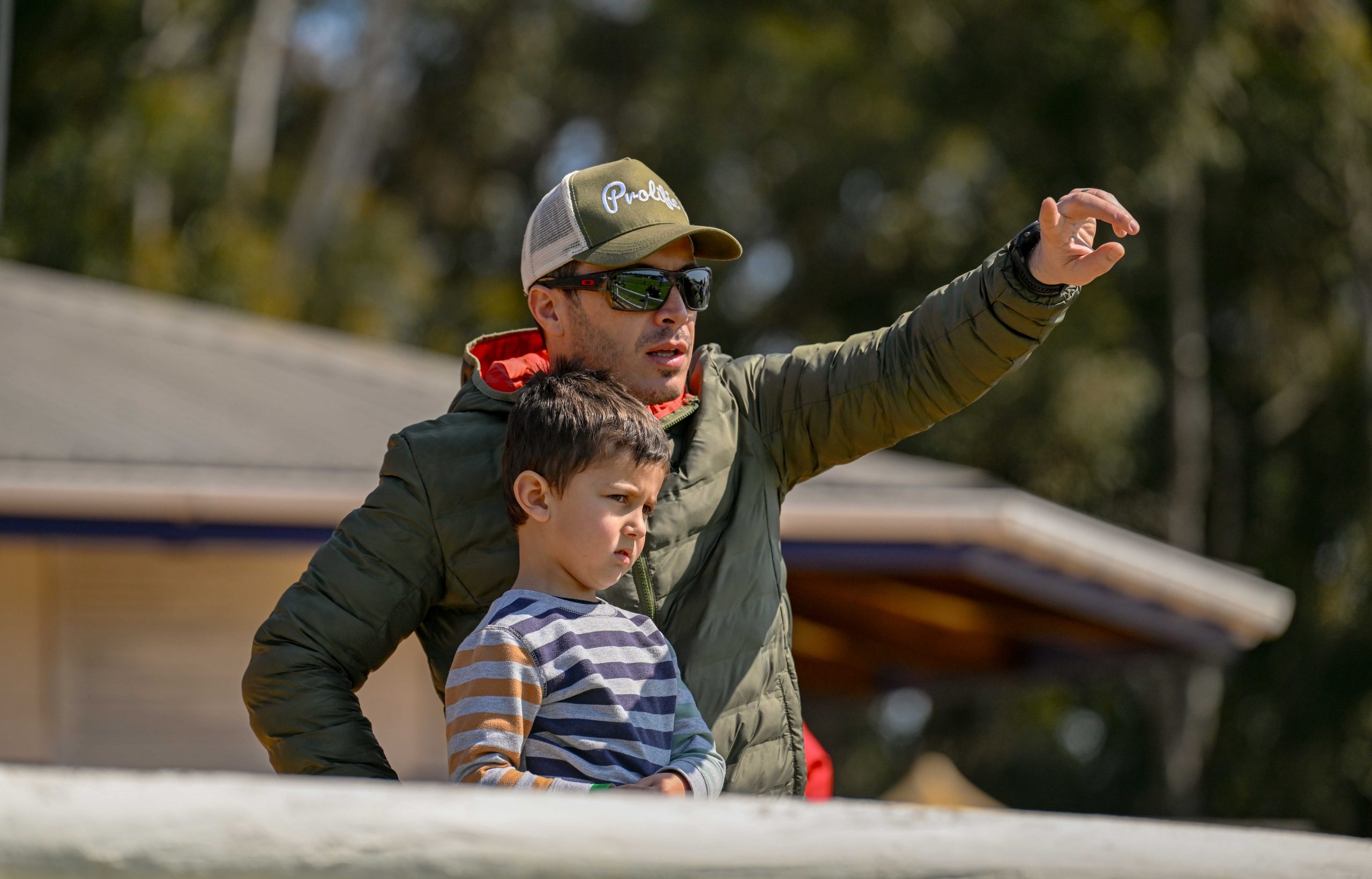
SP: Cape Racing’s successes are clear to see – you have close on doubled the horse population, the field sizes are improved, stakes and incentives are popular, the facilities are world-class. Is there one aspect you feel needs attention as it has not met your expectations and plans?
GB: We are focussed on getting a younger audience in and we have made great strides with our syndication. Ultimately our success hinges on attracting a younger audience we are nowhere close given our aging demographic.
We want to build our feature events to make them attractive and get the younger generation – like in the days of 30 000 people attending the Met. This is unquestionably an area where we have the most work ahead of us.
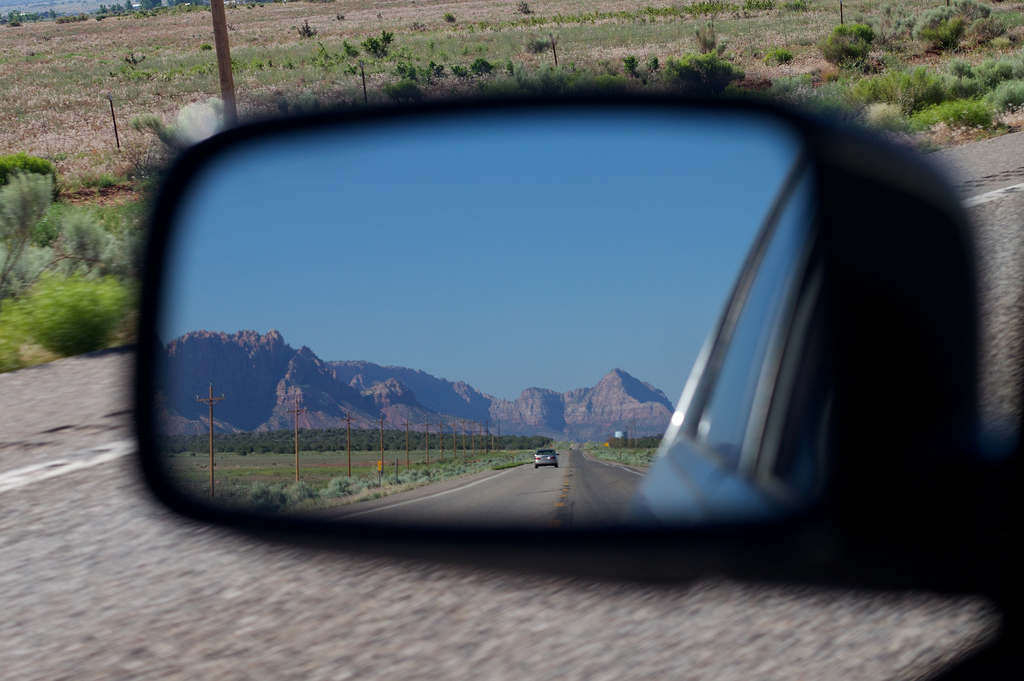
SP: You have been in the Cape racing hotseat for one could say two years now. Is there any single thing you would have done differently if you could turn back time?
GB: I never look back I only look forward – I know it sounds cliched, but it’s true!
As I just said, the youth and syndication is fundamental.
To answer your question, we needed to do what we needed to do. We came in like a house on fire and made changes quickly to save the company and change the culture.
Looking back today, I wouldn’t change a thing in that regard. And I am not giving us an A+ grade because everything single thing we have done, we could have done better.
We subscribed to the Hollywood philosophy and culture of always improving – there are no 10 out 10’s! Our strategy of being owner-centric to boost horse population has worked well. The field sizes show it.
While our execution could always be better in all the big moments, looking back it has been the correct strategy.
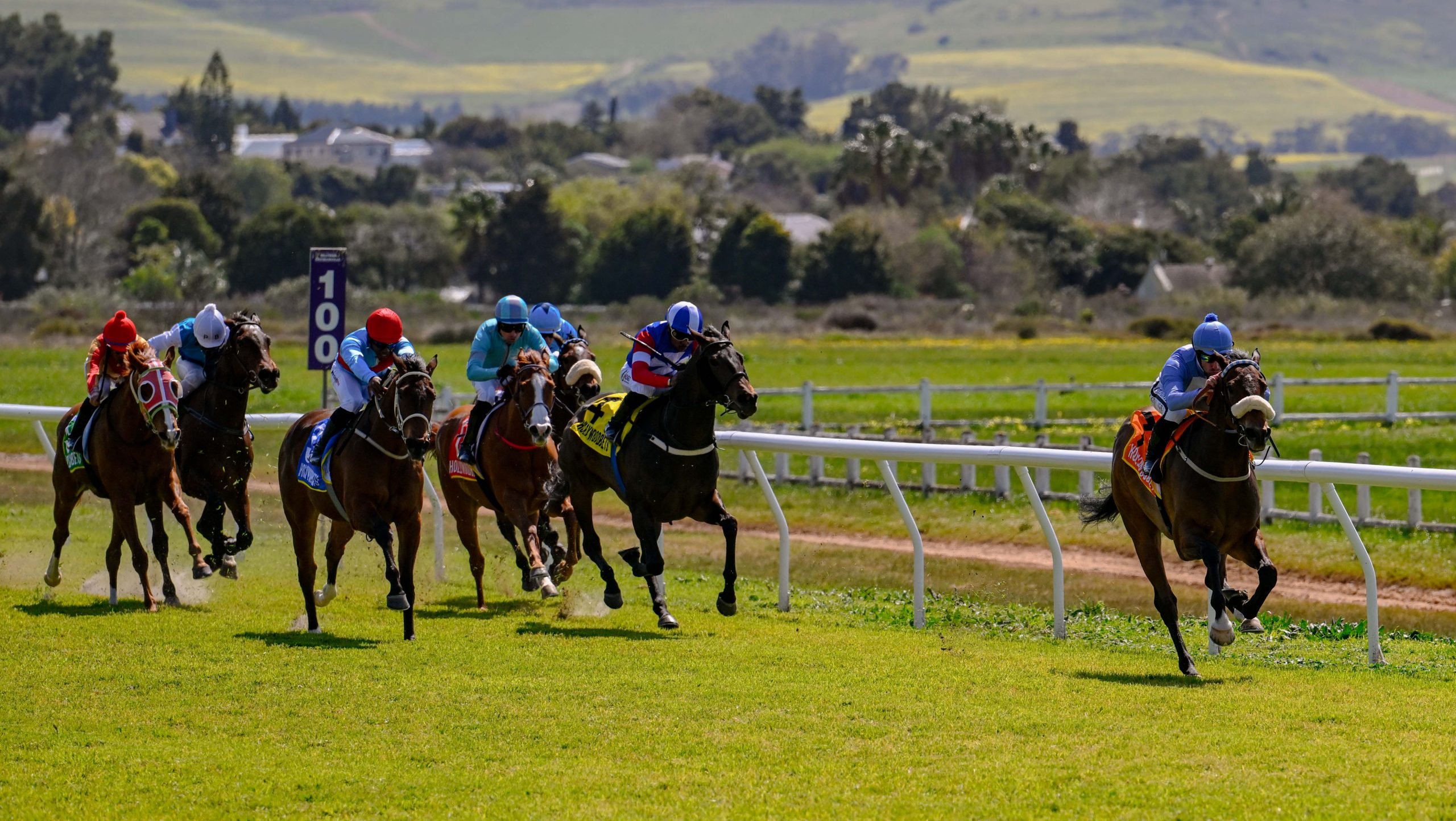
SP:The Cape horse population has doubled since you took over. Does size matter to you?
GB: Simply – would you rather be the biggest or the best? No question, it’s the best.
We want to deliver the best quality racing on a consistent basis. That’s what we are striving for. We do not want to host the most racemeetings just for the sake of it.
And we note with angst and bemusement the failure of others to recognise that there needs to be a link between horse population and field sizes, as well as number of racemeeting and races. Overracing relative to the region’s population means that one is creating an environment of weaker racing, smaller fields, and ultimately a less interesting product. Doing this is a one-way-ticket to a downward spiral.
So, we in the Cape would rather race less, but race better. Our maxim is quality over quantity. We want stickability – customers and people that become passionate about our racing.
Historically in South Africa, we raced every day except Christmas. But until our horse population returns to those lofty levels of yesterday, we must stop trying to fill slots for the sake of it.
In the Cape, we are capping our meetings to 75 per year. Interestingly, our population is in line with the other major centres, yet we are racing 75 times, while Gauteng are on 122 meetings – with similar horses at their disposal. It makes no sense.
In KZN, they have a similar population but race approximately 30% more times than us.
We believe our mix in the Cape is right as it allows us to stage good competitive racing, with field sizes averaging in double digits which makes it visually pleasing – and, as the ARC was in agreement with, healthy field sizes absolutely creates happier healthy racing.







